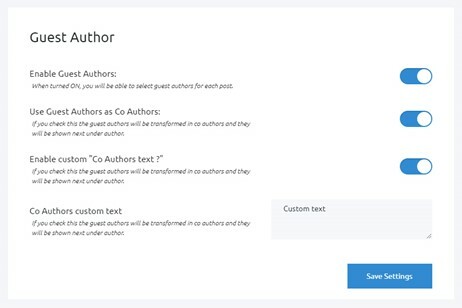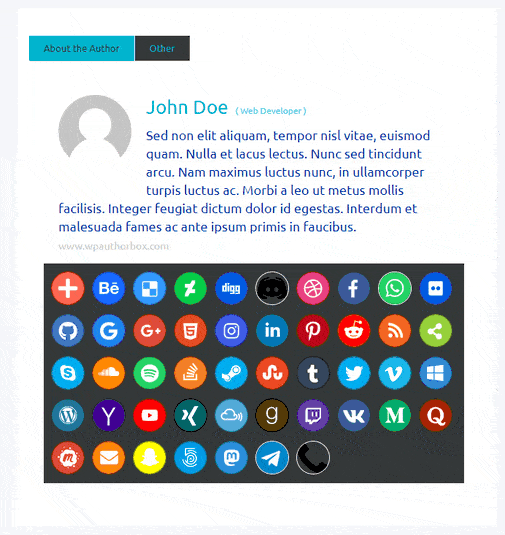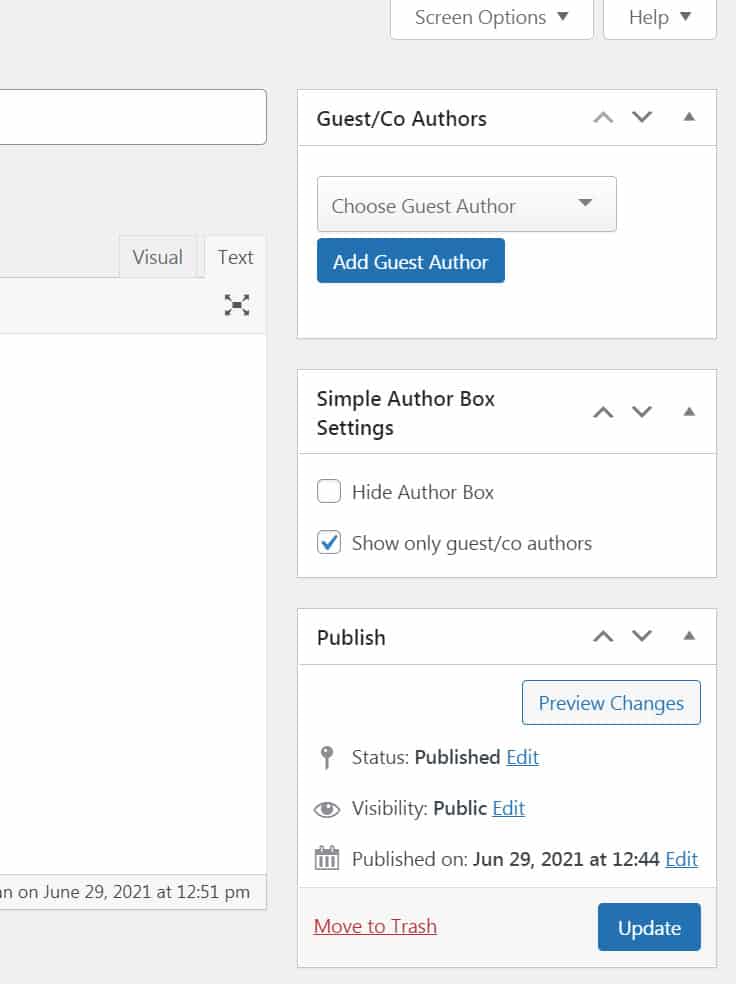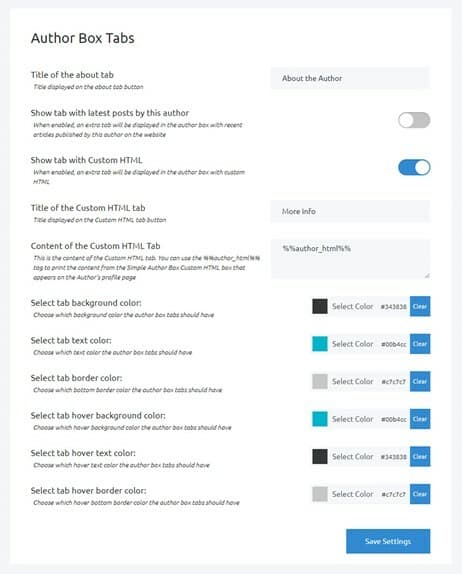Creating meaningful and valuable content for blogs is not an easy job. Depending on the topic, some posts can take hours and even days to get done. This is why you might want to properly credit authors for their hard work.
Can I add authors without registering them?
WordPress has an integrated system for controlling different roles on the website, such as guest, user and administrator. However, adding authors without registering them is not possible. Luckily enough, there is a solution in the big ecosystem of plugins.

You need to activate the Simple Author Box plugin to add authors without registering them as users. This plugin allows you to add and manage guest authors on your blog flawlessly. It will save you a bunch of time if you have or plan to have multiple authors writing content for your blog.
How to add guest authors?
After activating the plugin, the first thing you want to make sure of is that the guest authors option is enabled. To do so, navigate to the Appearance tab in your WordPress dashboard and click on the Simple Author Box from the dropdown menu.
From here, you have complete control of the appearance, visibility and all other settings of the plugin. Navigate to the Guest Author tab and make sure that the Enable Guest Authors option is enabled. As you can see, you can also make guest authors the co-authors by default, and you can change the text displayed next to the authors’ information.

As we already mentioned, there are many reasons to consider using Simple Author Box as a solution for displaying authors’ information. It is much faster and more practical, and you don’t need to register the author as a user on your website. Registering each author as a user can bring risks to the security of your blog.
How to assign a post to an author?
Now that we are all set with very simple settings, we will head on to make a new article. Note that once the plugin is active, you can add authors to existing articles. The procedure is the same.
Once you open the existing or new post in the Gutenberg editor, do the magic, make the best titles and content, and follow your regular workflow for adding an article. Once everything is done, scroll down, and you will see Guest/Co authors and Simple Author Box settings.
From the first tab, you can select an already registered user to be the article’s author or click the Add Guest Author button. You will see a popup titled Create Guest Author when you click the button.

Besides personal information, you can add contact details of the author, but also a short bio that will be shown in the author box. If the author has social media, you can scroll down in the popup and find Social Media Links section.
You can select the platform from the first dropdown menu, and in the box next to it, you can add the link to the profile. You can add multiple social media by clicking on the Add new social platform. If you want to delete a specific social media link, simply click on the red X symbol next to it.
Once you are all set, hit the Add Guest Author button, and all the information you added will be saved and ready for use.

If the article was written or edited by multiple authors and editors, the excellent idea is to credit everybody’s work. To do so, follow the same procedure and simply select existing users or add new authors until everybody is there.
This is a pretty neat feature, especially if common practice on your blog is that the editor edits every article before being published on the blog. If you don’t do this, the good idea is to consider doing it. Writing and editing are two different tasks; having somebody double-check the work is always a great idea.

The last thing to mention is that you can always hide the author box simply by ticking the Hide Author Box setting. If suitable, you might want to display only the guest author or co-author information without the information of the user who is publishing the article. This is done by ticking the second option in the same tab.
Conclusion
All in all, writing, creating and editing content for a blog is a job that requires multiple people. Properly crediting the work of each and every person is a good idea, especially if you aim toward getting new authors and editors on board.
Additionally, if you offer guest posting as a blogger outreach service, you might want to let the readers know that the post is made by an author not related to your website. This is also an excellent place for the author to put the links to their website or social media channels.